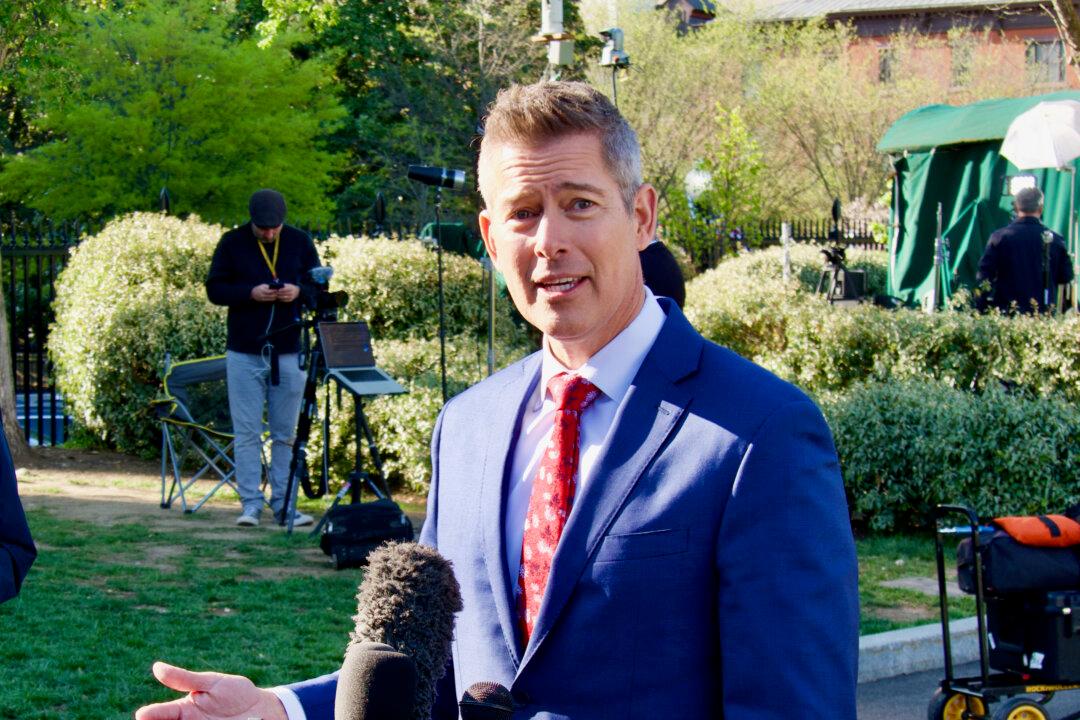A lawyer speaking on behalf of a Florida man whose house was stormed by bail enforcement agents over a $750 bond has called the incident a “state-sponsored home invasion.”
“The guy didn’t appear for a traffic ticket, it’s not like the guy was a murderer,” Pierre told Miami Herald. “What gives these individuals, who are just basically hired contractors, to go into a third party’s home and destroy other people’s property?”
Bail enforcement agents—also known as bail bondsmen—were looking for Colas’s cousin Berlin Gabriel, a fugitive who skipped bail after being arrested for driving with a suspended license.
Colas’s house was the bail-skipping defendant’s last known address, according to court documents cited in the media outlet’s report.
Colas insisted, however, that his cousin hadn’t lived there in 20 years.
The agents reportedly cited a Supreme Court opinion from 1872 which gives bail enforcement agents the right to gain access by force, if necessary, to the homes of defendants who skip bail.
A video posted online by Miami Herald shows the agents using pry bars to gain entry to the house after Colas refused to let them in.
Colas is heard in the footage telling the agents that Gabriel is not at the home, while agents insist on searching the premises.
A police supervisor was reportedly present at the scene. Police were called to the property three times that night but allegedly left each time after determining no laws had been broken.
How Do Bail Bonds Work?
According to the Florida Department of Financial Services, bail bond agents use their own money or collateral to post bail for defendants and in exchange they are “promised money or other things of value for doing so.”“The bondsman requires $1,000 to post a Bail Bond for John, thus releasing him from jail.”
Ignatowski writes that in the hypothetical example, if the defendant appears in court, the bondsman keeps the $1000 as a fee for profit.
If the defendant skips bail and the judicial process is interrupted, the bondsman must pay the court the outstanding amount—$9,000 in the hypothetical example—from their own pocket.
Crime in the United States
Violent crime in the United States has fallen sharply over the past 25 years, according to both the FBI’s Uniform Crime Reports (UCR) and the Bureau of Justice Statistics (BJS) National Crime Victimization Survey (NCVS).Both studies are based on data up to and including 2017, the most recent year for which complete figures are available.
While the overall rate of violent crime has seen a steady downward drop since its peak in the 1990s, there have been several upticks that bucked the trend.





